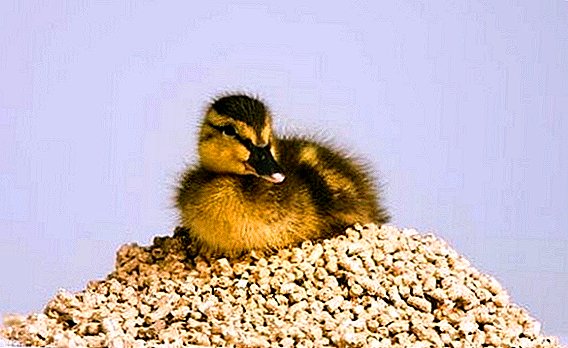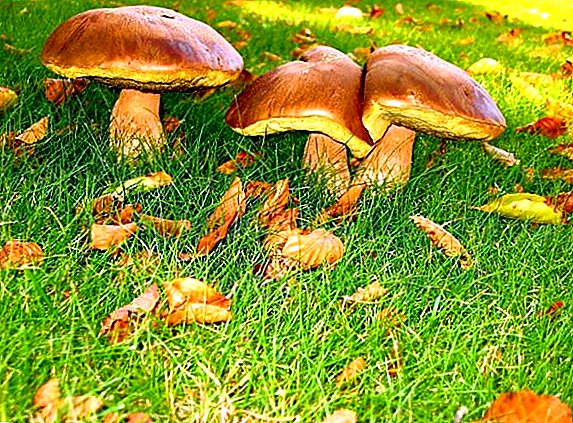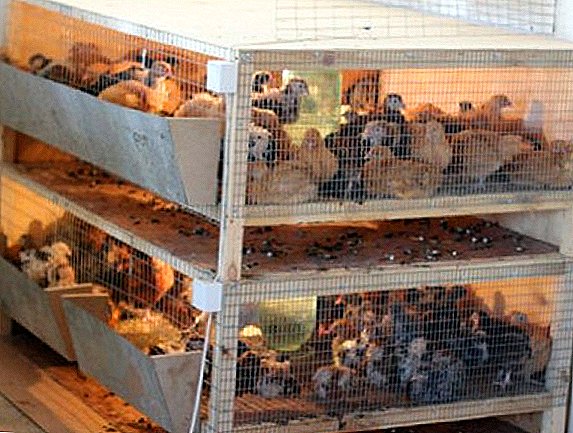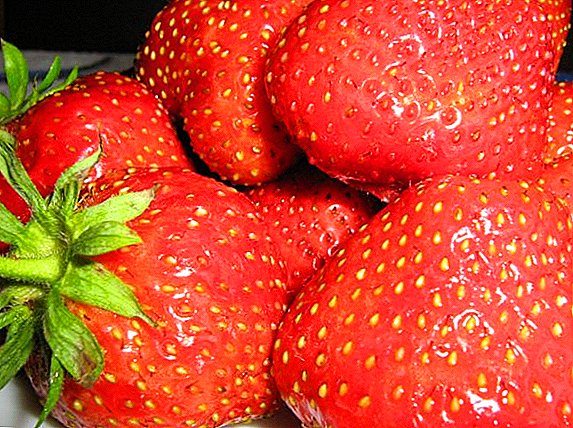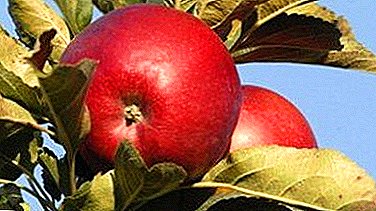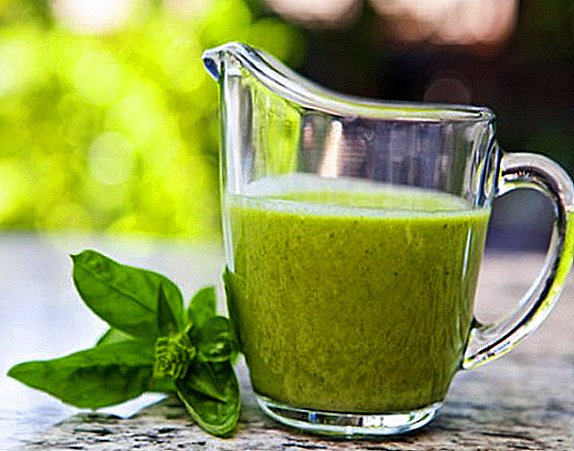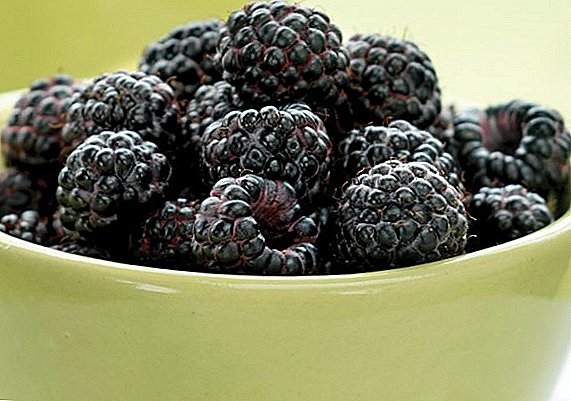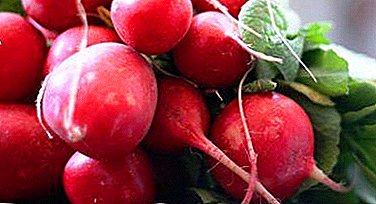
The name of this variety of radish says that by many indicators this variety is a champion. In terms of taste, benefits and yield, it cannot be compared with any of its relatives.
In this article we will describe the main species characteristics of the Champion, the rules for planting and growing such a variety, as well as talk about the main advantages and disadvantages. In addition, we show in the photo what this variety of radish looks like.
Detailed description and description
Appearance
All fruits have a leaf rosette slightly raised. The foliage is a deep green color, the leaf itself is often dissected in shape. Root crops are medium in size, weighing 18-20 grams. The shape of the radish is back ovoid, with a rounded top. Each fruit has slight pubescence. The color of radish is saturated, red. Heads are often of the correct round shape.But sometimes there are slightly convex cases.
A photo
Next on the photo you can see the radish Champion.





Sowing time
Champion variety is considered an early ripe vegetable. It is planted as seeds in a greenhouse at the end of March. And the first seedlings are transferred to the open ground a month later - at the end of April.
It is important to ensure that the earth is warm enough to at least six degrees of heat.
Yield
Yield indicators for radish Champion average. On one square meter grows about one kilogram of fruit. In rare cases, the yield reaches one and a half kilograms.
Where is it recommended to grow?
Such a type of culture as a Champion is suitable for cultivation in different conditions: both in greenhouses and in the open field, and even at home. The main thing - to comply with the necessary conditions for growing.
You can make a homemade greenhouse. To do this, a plot of land with sown seeds is simply covered with a film or glass.
Disease resistance
Radish Champion has good immunity to various diseases. and pest attacks. It should be said that this variety does not allow arrows (that is, resistant to color flow). Based on this, during cultivation there is no need to resort to the help of chemicals: insecticides and fungicides, which have the ability to accumulate in the roots.
Terms of ripening
As soon as the first mass shoots appear, you need to wait just three more weeks (more precisely, 20-25 days). This property of radish Champion gives agronomists the opportunity to get several harvests in one season.
After the first shoots have risen, it is necessary to thin the radishleaving between each sapling about five centimeters.
What kind of soil does it prefer?
 For planting radish Champion is best to prepare a light, well-loosened soil.
For planting radish Champion is best to prepare a light, well-loosened soil.
To the soil was not very heavy, it is better to add large river sand.
Substrate acidity must be neutral or weak.. If the soil in your area is high in acidity, it can be reduced by adding lime or wood ash.
Ideal if the site will be sandy soil.
How many vegetables are stored?
After harvesting, the crop is stored for quite a long time - about a month and a half.
During this period, the radish does not become flabby, retains its taste and excellent presentation.
Breeding history
We are grateful to Czech botanists for the development of this hybrid champion. In Russia, a species appeared at the end of the 20th century.. In 1999, the variety was registered and allowed for breeding on the territory of the Russian Federation.
What is the difference from other species?
Like many other hybrid varieties of radish, Champion is characterized by resistance to diseases and pests, frosts, as well as fast ripening.
However, the main feature of the champion is its relatively small size. root weight usually does not exceed 20 grams. Therefore, the yield of this variety is not the highest - a little more than a kilogram per square meter.
Advantages and disadvantages
The main advantages of the variety include the following characteristics:
- immunity to diseases, parasites;
- the ability to survive a slight cooling;
- the absence of voids in the fruit with late harvest;
- sheet rosette of small size, which allows planting fruit closer to each other;
- taste at a high level;
- opportunity to get several harvests per season;
- preservation of the presentation for a long time.
As minuses it is possible to consider only the size of fruits, therefore agronomists rarely use this variety for planting for sale, despite its external data.
What and where is it used for?
Often gardeners plant this variety only for home cultivation. Such Radish is perfect for use in salads, cold soups and snacks, as well as for use in a separate form.
Cultivating a variety
 Pre-soak the seeds is not necessary. They are sown in the greenhouse at the end of March.
Pre-soak the seeds is not necessary. They are sown in the greenhouse at the end of March.
- Holes are prepared with a depth of no more than three centimeters.
- Before planting, compost and humus are put in the wells, after a still small layer of soil and only then seeds.
- After the seedlings have grown, they should be made less often, getting rid of the weakest. The distance between the radish should be five centimeters.
- One month after sowing, you can transfer the seedlings to open ground, which should be heated to at least 4 degrees Celsius.Do not be afraid of low temperatures - radish can move it.
The soil should be fertilized only before sowing planting material.. During the growing season, radishes will not need feeding. Remember that this crop does not tolerate organic fertilizers (manure and droppings), as well as nitrogen-based fertilizers.
It is necessary to water the crop profusely in such a way that the soil is moistened to 10 centimeters in depth.
When choosing a landing site it is best to give preference to well-lit areas. Light partial shade may be appropriate, but in no case completely shaded areas. Since in this case, growth will only be tops, and the roots will be even smaller.
Harvesting and storage
Harvest can be 25 days after the first shoots. For storage is best to prepare wooden boxes in which there will be gaps for air ventilation. Placing boxes is best in the basement. But also it needs to be prepared, having previously processed all surfaces with lime. This procedure will protect against mildew, dampness and many pests.
Put radish layers. Between each layer is best to put the paper so that the fruit does not touch each other. In this state, it will be possible to save the vegetable for a month. At the same time the radish will not become flabby and will not lose its taste.
Diseases and pests
 We have already said that Champion is the result of the work of breeders - a hybridtherefore, it is already initially protected from many ailments and parasites. But all this is possible only with proper care.
We have already said that Champion is the result of the work of breeders - a hybridtherefore, it is already initially protected from many ailments and parasites. But all this is possible only with proper care.
But there are insects that still attack the Champion - a cruciferous flea and leaf beetle. These pests affect leafy plates, which can kill the entire culture.
The best way to fight parasites is homemade solutions. It is better not to resort to the help of insecticides and fungicides.
Insect repellents:
- tomato tops (half a bucket of foliage pour a bucket of water);
- a weak solution of vinegar;
- tincture of ash, tobacco and ground pepper.
Prevention of various problems
To avoid all sorts of problems with radish Champion should only adhere to the rules of growing:
- good lighting;
- regular watering;
- soil fertilizer before planting;
- timely weeding;
- pest protection.
Vegetables similar to this variety
All the following varieties are considered to be similar to our described variety for its color, shape and size of the fruit, as well as the time of sowing and maturation:
- Celeste;
- Sora;
- Dabel;
- Charito.
In the article we described a hybrid variety of radish - Champion. They told about the external characteristics of the variety, about how to properly grow, store and harvest. Be sure that acquiring the seeds of champion, you will be satisfieds.


